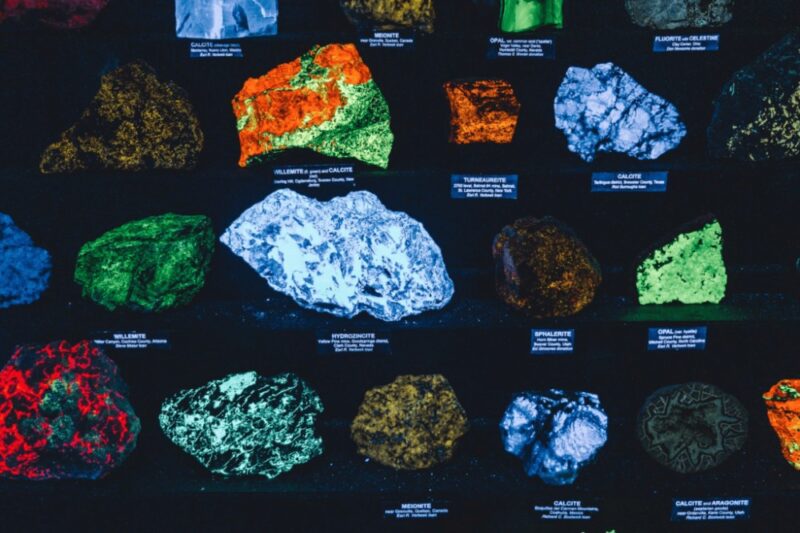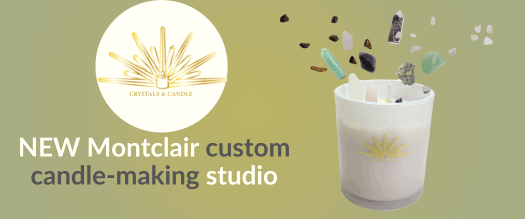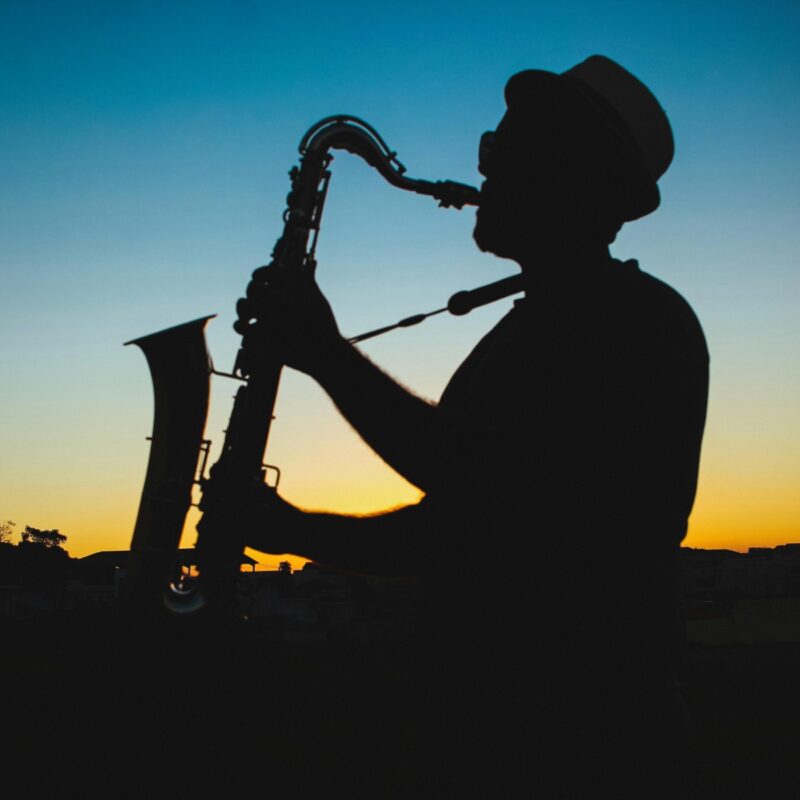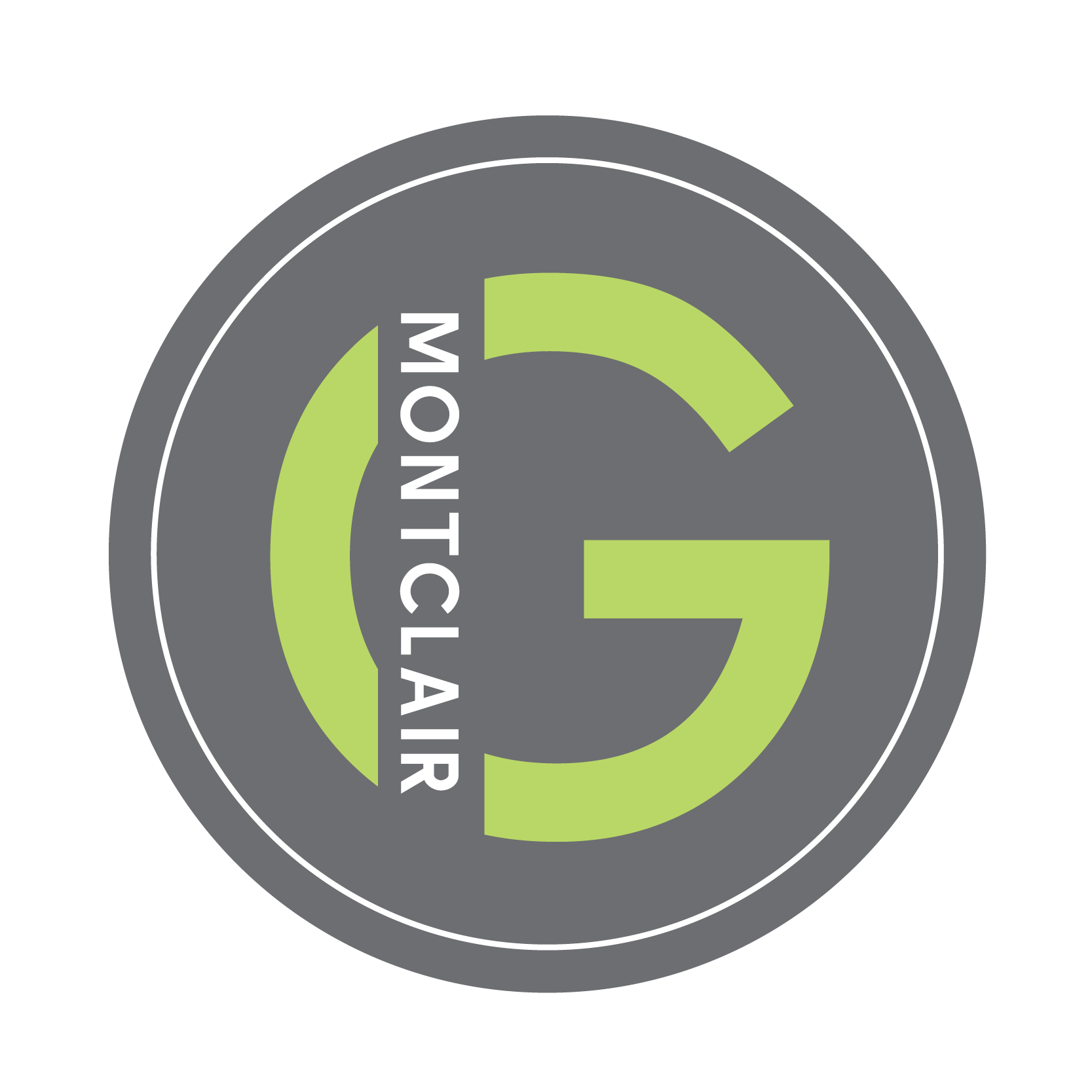In Northwestern New Jersey sits an old mine that is hundreds of years old. Many probably have never heard of it, but Sterling Hill Mine, located at 30 Plant Street in Ogdensburg, is an unbelievable museum full of unique rocks. It was one of the world’s richest zinc ore deposits, mined continuously from the 1630s into the 1980s. The site is home to 35 unique minerals found only in this one place. It also has a high concentration of minerals that fluoresce, or glow under ultraviolet light, making it a beautiful and memorable spot to spend an afternoon. Read on to learn more about this gem of a museum in Ogdensburg, New Jersey.
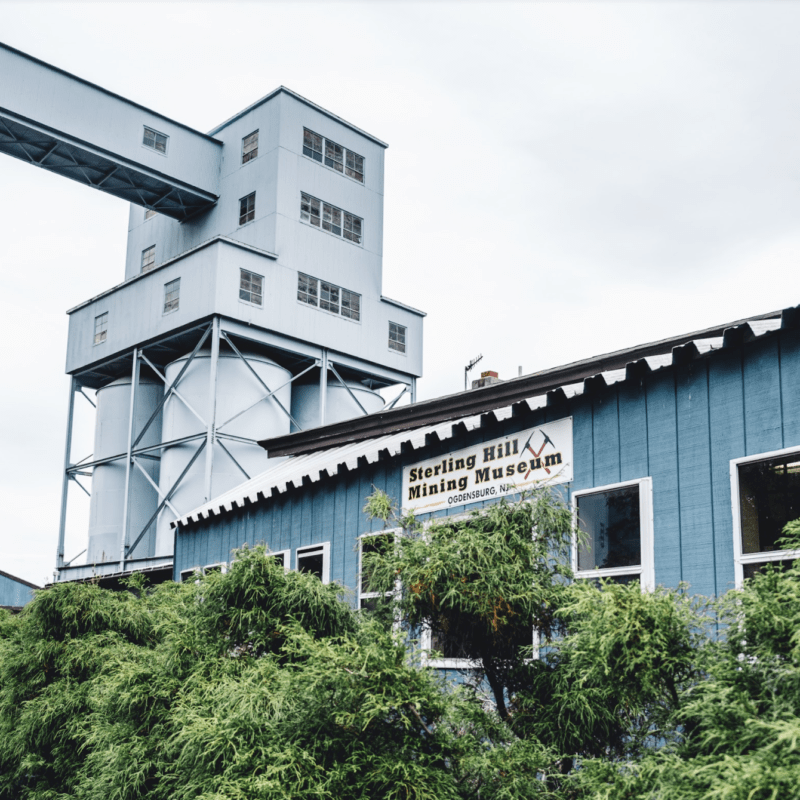
The History of the Mine
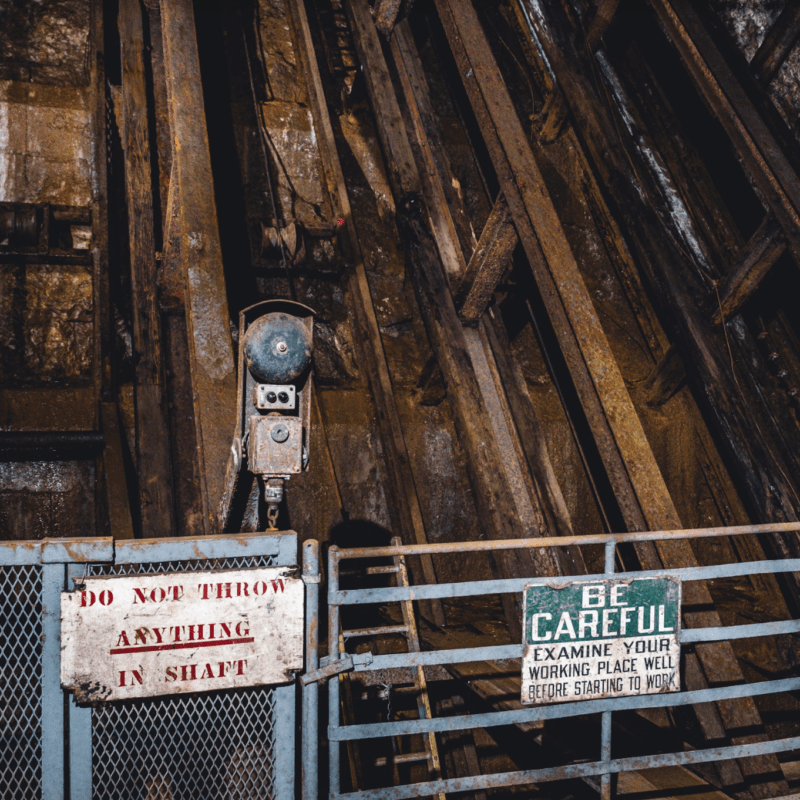
The Sterling Hill Zinc Mine is more than 20% zinc and contains substantial amounts of iron and manganese. Over 365 different minerals have been found between this mine and the nearby Franklin Mine, making this region one of the top five most mineralogically complex places in the whole world. The zinc mined here is encased in “Franklin Marble” and dates back about 1.3 billion years. It is believed that this region was a shallow sea where unique geological events occurred to create this formation. Nowhere else on the planet has similar deposits.
Read More: Time Travel to Early Essex County at Morgan’s Farm + Museum in Cedar Grove
Early Dutch settlers began mining this area of Sussex County in the 1630s when they thought the place was rich in copper. However, when homesteaders attempted to smelt the rocks, they found that the deposits wouldn’t melt at the expected temperature. By 1739, early miners were still ignorant of the three principal ore minerals they mined, which were unknown to science at the time. It took many years, but it was soon understood that this area was primarily a zinc mine.
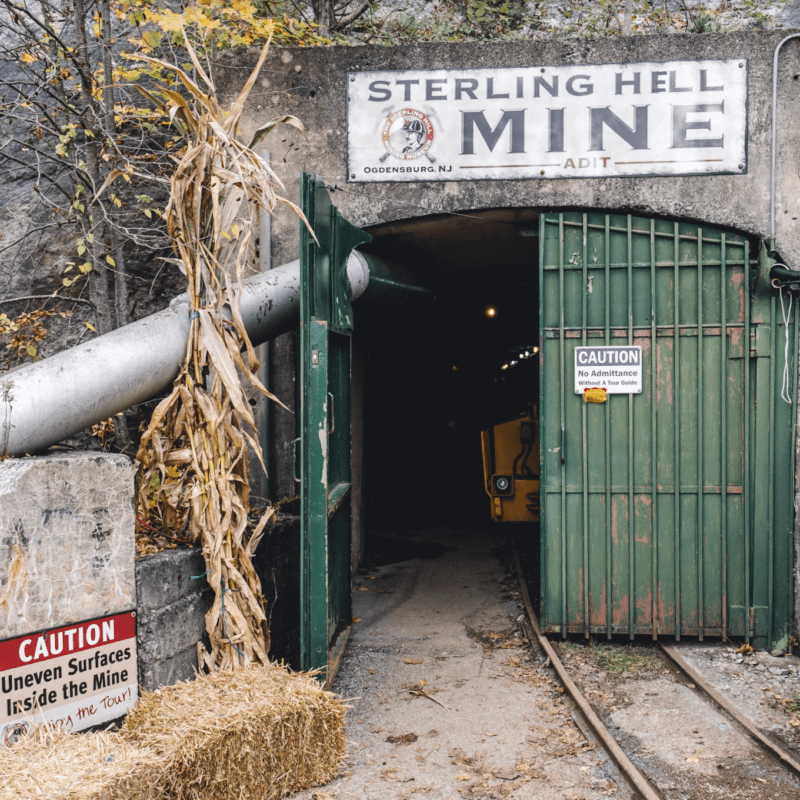
George III of England granted this property to Lord Sterling, who eventually sold it to Roger Ogden in 1765. Ogden moved to this area during the Revolutionary War because he feared the British invading his primary home. He felt that the remoteness of this rural site would keep him and his family safe, so he built a house and named it Sparta. Ogden cultivated the land, lived off several thousand acres of productive orchards, and operated an iron forge along the Wallkill River.
By the 1830s, small companies began mining the area for zinc, and by 1897 the New Jersey Zinc Company purchased all the properties and took over operations. The zinc mine, combined with the nearby iron mine, attracted newly emigrated Americans from all walks of life.
The new jobs brought an influx of people, and these family-oriented settlements helped grow the region. Sterling Hill Mine propelled Ogdensburg into its township in 1914. The mine was continuously run until 1986 when a dispute over taxes forced closure. In the end, the mine reached a depth of 2,675 feet and had 35 miles of tunnels, almost all of which are now flooded.
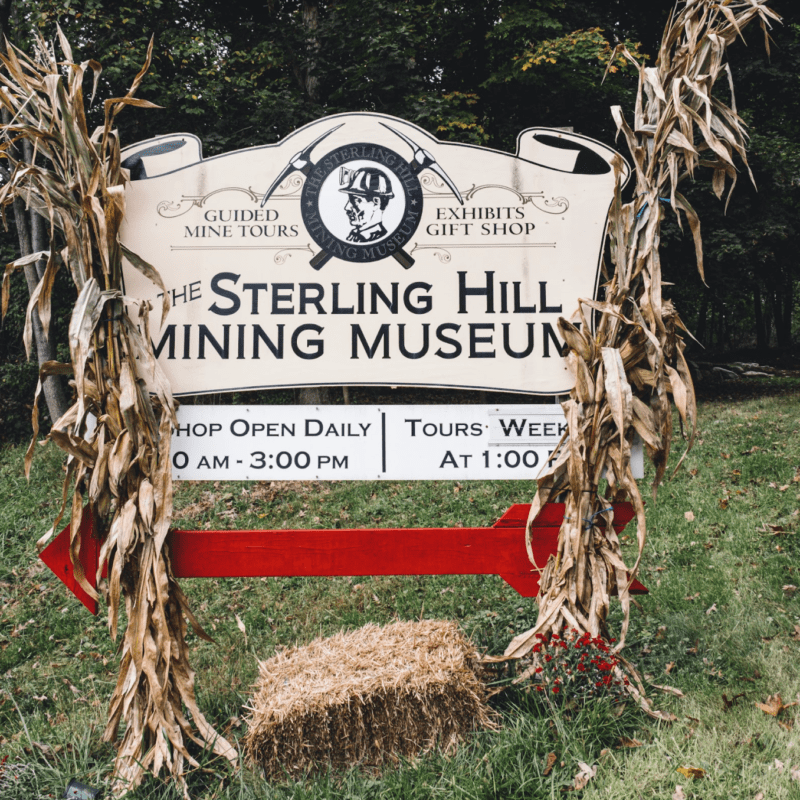
Richard and Robert Hauck purchased the property at auction, and the two brothers opened the Museum in 1990. In 1991 it was designated a National Historic Site and continues to house the most extensive collection of fluorescent minerals globally.
The Sterling Hill Mine was also used to film the mining scenes in the cult-classic film Zoolander.
Rocks That Glow
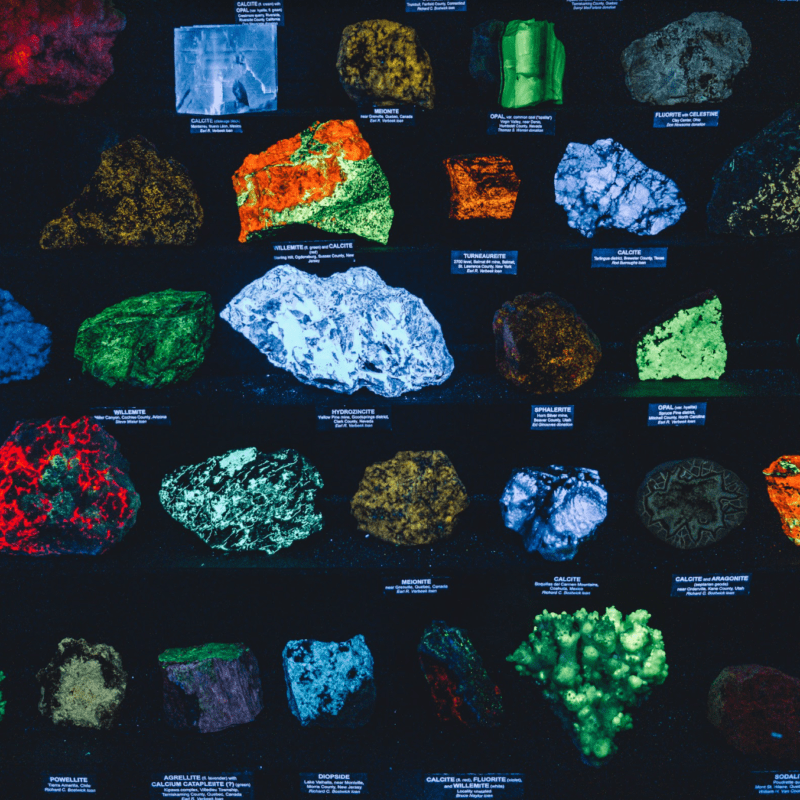
A unique element of Sterling Hill is the fluorescent rocks. Under different frequencies of light, the rocks found here glow, or fluoresce. About 90 minerals found in this region fluoresce, and more than 20 of these are found nowhere else in the world.
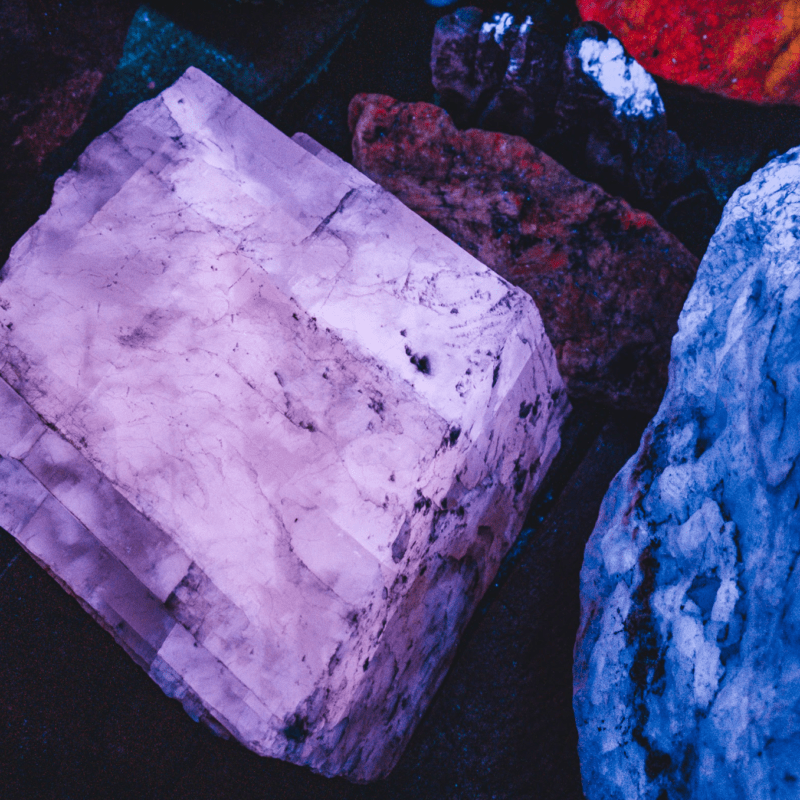
The Mine’s Rainbow Tunnel is a beautiful, naturally occurring vein of fluorescent zinc ore. It is a highlight of the tour. One of the largest slabs of fluorescent rock was extracted for the Museum of Natural History in New York City and is a major attraction at the Museum’s Hall of Gems and Minerals.
Visiting the Mine Today
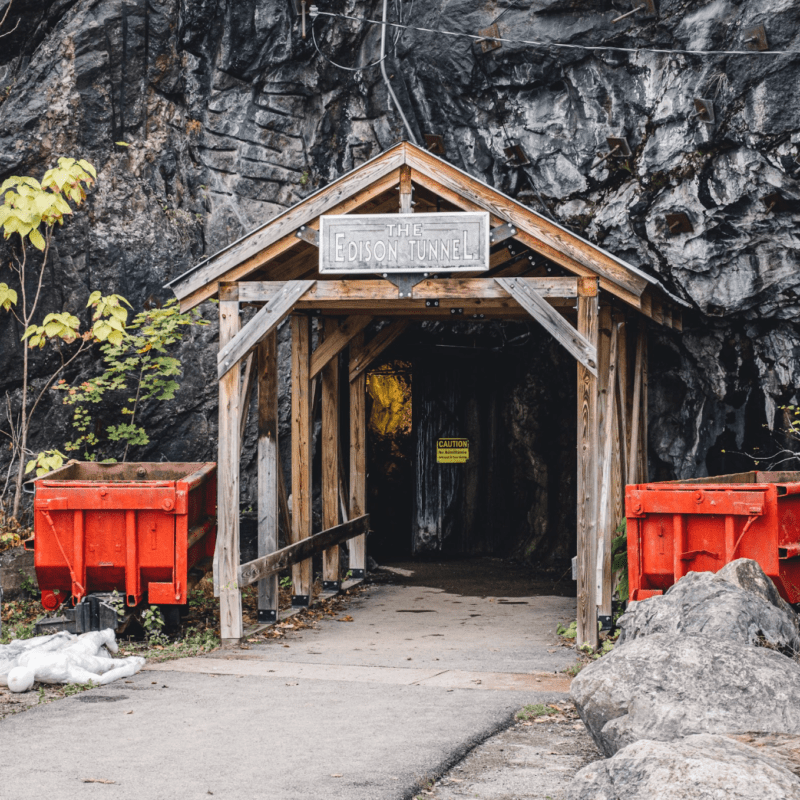
Each weekend, Sterling Hill opens its mining doors to visitors and rockhounds alike. On a fascinating two-hour tour, guests will learn about the history of the mine, understand the rough experiences of early miners, and see the incredible tunnels of fluorescent rocks.
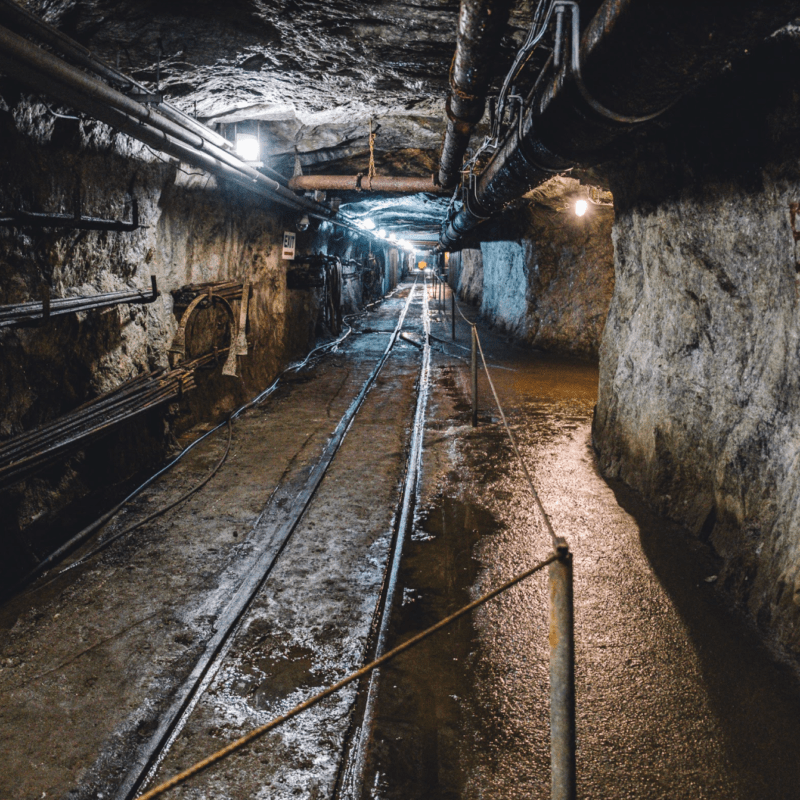
Mining was a tough and challenging job, and the tour guide shared all the challenges faced by primitive miners and the changing safety measures. Men worked long hours in poor conditions to pull ore out of the ground for batteries, die castings, tires, and other household items. Hearing this gives visitors a greater appreciation for the things that make up our modern life.
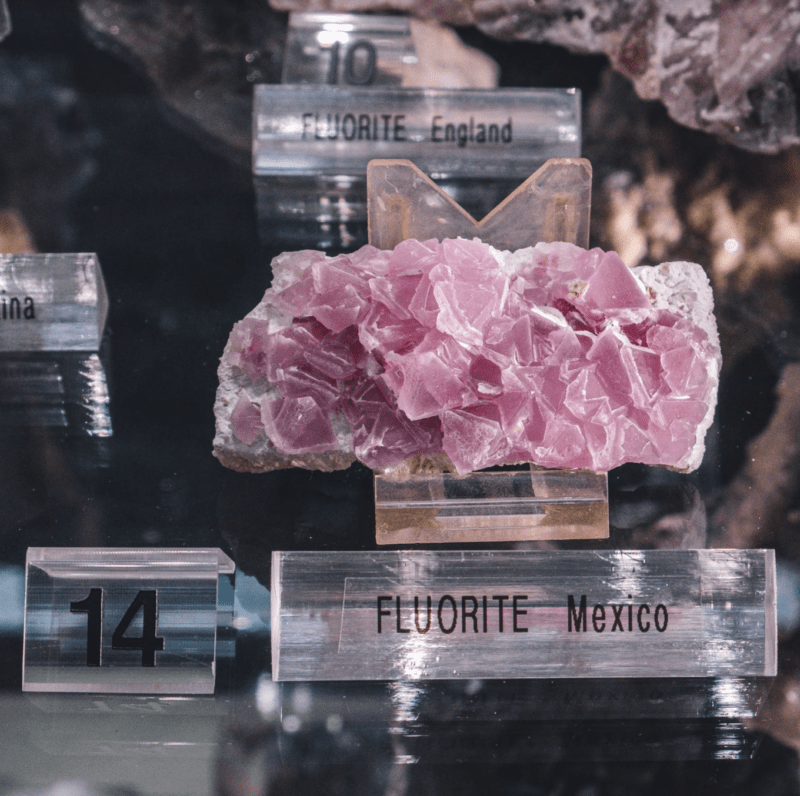
The Warren Museum of Fluorescence is the tour’s main event, where patrons get to see over 700 specimens of fluorescent minerals glowing under UV light. Many of the rocks were found locally, but there are also many other minerals from different parts of the world.
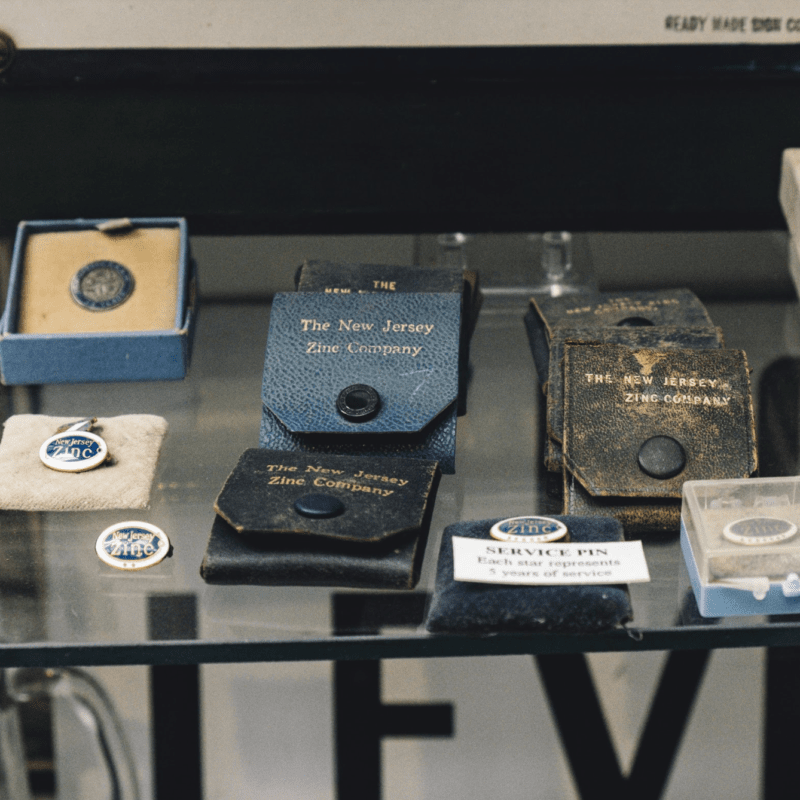
The Zobel Exhibit Hall contains everything from dinosaur bones to miners’ lockers and many artifacts from when the mine was active. There is also a display of beautiful minerals donated by various collectors. It’s a mini Natural History Museum and worth spending as much time as possible.
Taking Rocks Home With You
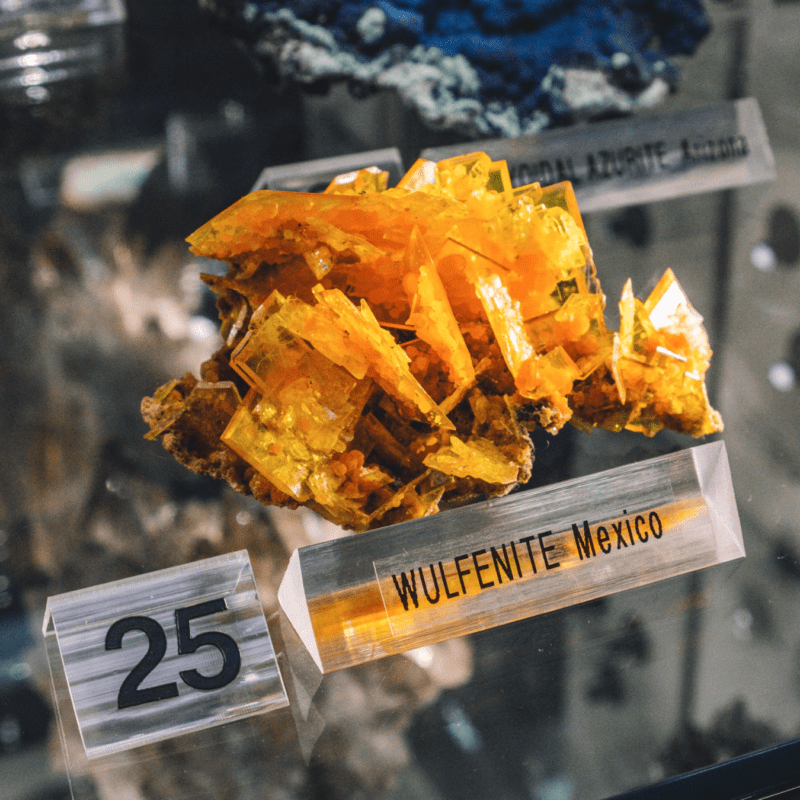
Make sure to stop by the Mine Run Dump to find your own fluorescent rocks. There’s a little shed in the area where visitors can check out how well your haul glows before buying. Kids can opt for “sluicing,” which is purchasing a bag of sand that is pre-loaded with gems and minerals. Similar to panning for gold, patrons can sift through a tray to find the minerals in the rough.
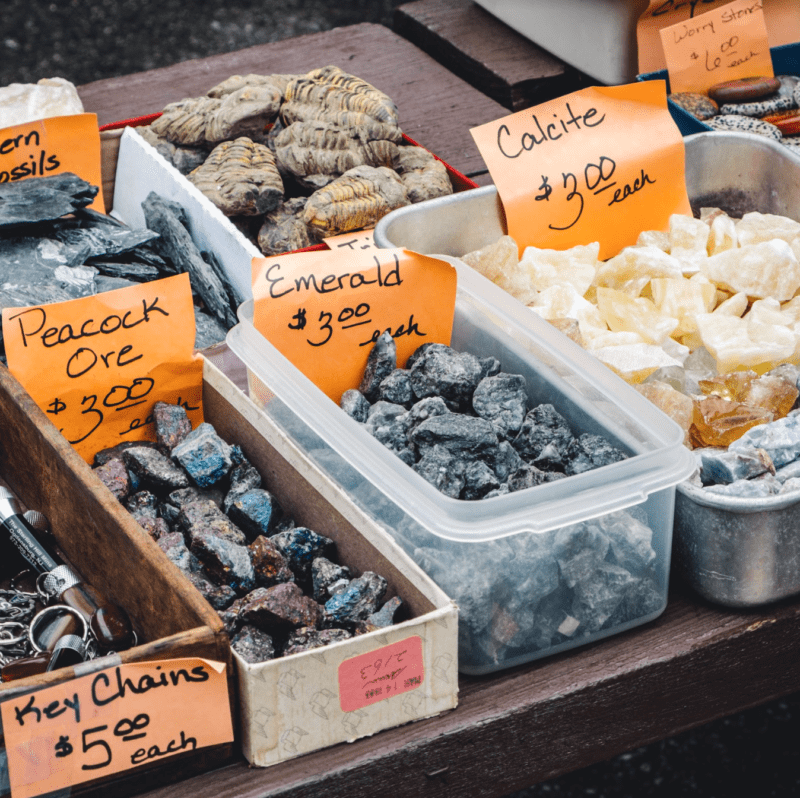
See More: 16 Must-Visit Metaphysical + Apothecary Shops in Northern New Jersey
Tours + Information
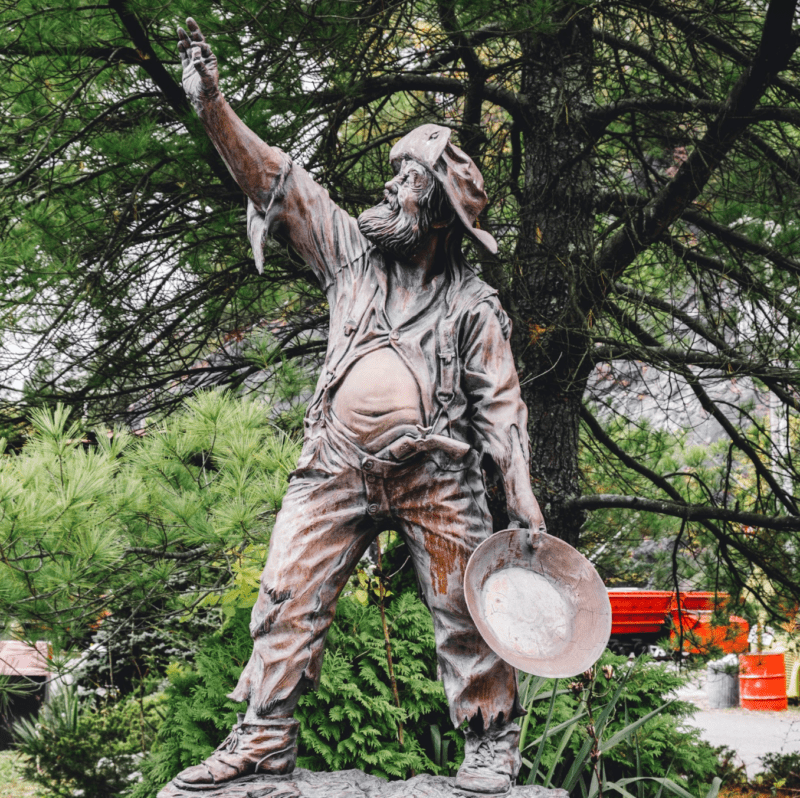
Tours are available for $15 for adults, $14 for seniors, and $13 for children every Saturday and Sunday at 1PM. Starting June 30th, tours are every day at 1PM until Labor Day. Several tours will depart at the same time, so be prompt. The two-hour tour takes visitors through the mines and all the museums. The entire mine route is well-lit, and no climbing is involved, but it can be moist and a little dirty, so wear comfortable and appropriate shoes. The tour is excellent for children, but keep in mind that it is long and there is a lot of standing. For rock lovers, this is a must-visit.

